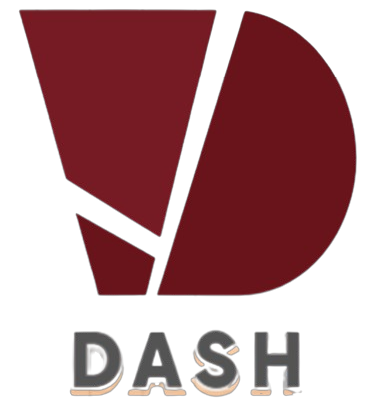As a project manager, your team will constantly ask you questions — sometimes in meetings, sometimes in Slack, sometimes in the middle of a crisis. These questions can range from:
- “When is this feature needed?”
- “What does the client mean by this requirement?”
- “Should we prioritize this task or that one?”
Your response determines whether:
- ✅ The team stays confident and aligned
- ❌ Or confusion spreads, delays happen, and trust is lost
This guide gives you a general response framework so you can handle any question from your team—even when you don’t have the full answer yet.
why this matters
Poor responses like:
- ❌ “I don’t know” (and leaving it at that)
- ❌ “Just figure it out”
- ❌ “I’ll get back to you later” (with no timeline)
…make your team feel unsupported and create blockers.
A good PM response gives clarity, direction, and confidence — even if the final answer is pending.
the 4-step framework to respond to team questions
- Acknowledge the Question Immediately
Don’t ignore or delay your response. Even if you don’t know the answer yet, acknowledge it.
Example:
“Great question, thanks for bringing that up.” - Clarify What They’re Really Asking. Sometimes the question isn’t clear. Rephrase it to confirm: Example: “Just to confirm, you’re asking if the client wants us to build the feature with OTP login or just email verification, right?”
- Give a Response Based on What You Know (or What You’ll Do)
- If you know the answer → Give it clearly. e.g – ✔ “Yes, the client confirmed email verification only. No OTP for now.”
- If you don’t know → Don’t guess. Instead, commit to finding out. E.g “I’m not 100% sure yet. I’ll confirm with the client and update you by 4 PM today.”
- Always State the Next Step and Owner. Never leave your team hanging. Examples:
- ✔ “For now, proceed with the API structure for email verification. I’ll update if OTP is required.”
- ✔ “Pause on this for now. I’ll clarify with the product manager and revert.”
Template responses you can use
- ✔ When You Know the Answer:
“Yes, that’s correct. Please proceed with X as discussed.” - ✔ When You’re Not Sure:
“Good question. Let me confirm with the client. I’ll share the update in the team channel by [time].” - ✔ When It’s a Prioritization Question:
“Let’s keep Feature A as the focus for this sprint. Feature B will move to next sprint unless the client escalates.” - ✔ When It’s About Timelines:
“Deadline is still [date]. If that changes, I’ll inform you immediately.” - ✔ When It’s About Scope or Change Requests:
“Hold off on implementing that. I’ll verify if it’s in scope before we proceed.”
what not to do
- ❌ Respond vaguely: “Just figure it out”
- ❌ Guess answers to look confident—wrong info creates chaos
- ❌ Delay response without giving a follow-up timeline
pro tips for PMs
- ✔ Keep your concept note, PRD, FRDs, and Jira board open during Q&A—most answers live there.
- ✔ If it’s unclear from documentation, loop in the client or product manager fast.
- ✔ Maintain a list for pending clarifications so nothing falls through the cracks in your issue log.



